Collective bargaining is the process in which working people, through their unions, negotiate contracts with their employers to determine their terms of employment, including pay, benefits, hours, leave, job health and safety policies, ways to balance work and family, and more. Collective bargaining is a way to solve workplace problems. It is also the best means for raising wages in America. Indeed, through collective bargaining, working people in unions have higher wages, better benefits and safer workplaces.
In the United States, some three-quarters of private-sector workers and two-thirds of public employees have the right to collective bargaining. This right came to U.S. workers through a series of laws. The Railway Labor Act granted collective bargaining to railroad workers in 1926 and now covers many transportation workers, such as those in airlines. In 1935, the National Labor Relations Act clarified the bargaining rights of most other private-sector workers and established collective bargaining as the “policy of the United States.” The right to collective bargaining also is recognized by international human rights conventions.
The freedom to form and join a union is core to the U.N. Universal Declaration on Human Rights and is an “enabling” right—a fundamental right that ensures the ability to protect other rights.
Every year, millions of America’s workers negotiate or renegotiate their bargained contracts. However, some employers seek to undercut existing bargaining relationships and roll back many hard-won contract terms and conditions. Unions continue to fight for the intrinsic rights of working people and restore the balance of economic power in our country through collective bargaining agreements.


